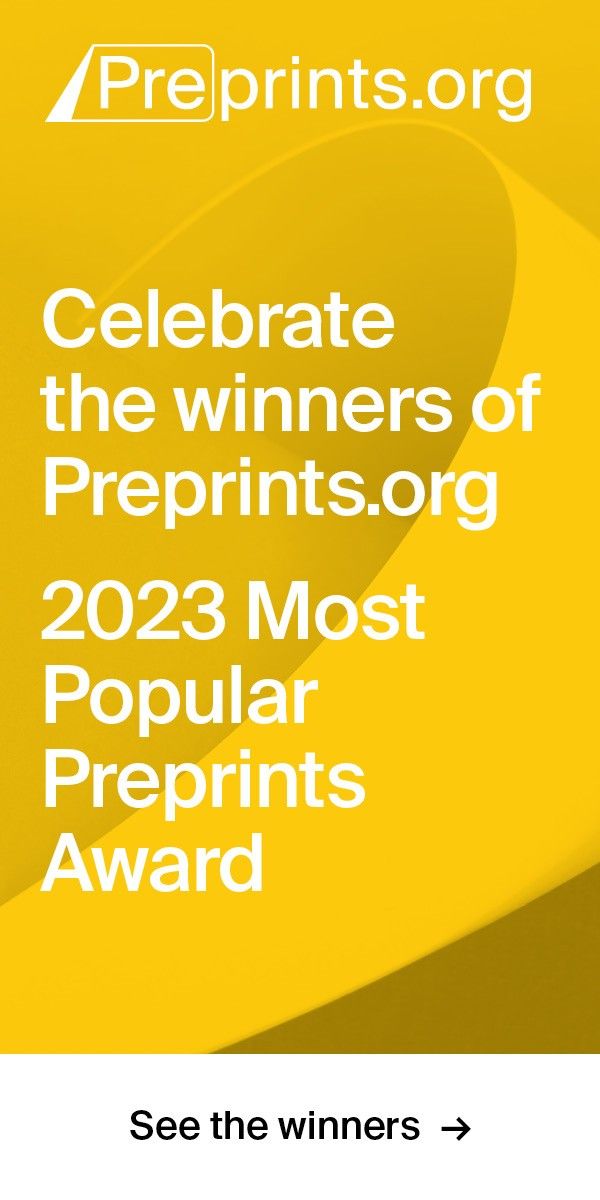Morphological Diversity and Distribution of New World Monkeys Across Brazilian Biomes
How to cite: Montgomery, R. M. Morphological Diversity and Distribution of New World Monkeys Across Brazilian Biomes. Preprints 2024, 2024110232. https://doi.org/10.20944/preprints202411.0232.v1 Montgomery, R. M. Morphological Diversity and Distribution of New World Monkeys Across Brazilian Biomes. Preprints 2024, 2024110232. https://doi.org/10.20944/preprints202411.0232.v1
Abstract
Abstract
The morphological diversity of New World monkeys (Platyrrhini) across Brazilian biomes represents a remarkable example of adaptive radiation in Neotropical primates. This review synthesizes current knowledge about morphological adaptations and distribution patterns of platyrrhine primates across Brazil's major biomes, focusing on the relationship between form and function in different ecological contexts. Through analysis of recent geometric morphometric studies, ecological surveys, and comparative anatomical research, we identify several key patterns of morphological variation, including: a continuous gradient of postcranial adaptations rather than discrete locomotor categories, unexpected variations in temporal bone architecture across forest strata, and rapid morphological responses to local dietary conditions as evidenced by dental morphology. Our synthesis reveals that morphological adaptation in Brazilian platyrrhines involves complex trade-offs between competing functional demands, with different anatomical systems evolving at varying rates. The relationship between morphological specialization and ecological resilience emerges as particularly significant, with implications for conservation strategies in the face of habitat modification and climate change. We demonstrate that traditional views of morphological adaptation as a gradual process require revision, as populations show capacity for relatively rapid morphological responses to environmental changes. These findings have important implications for both evolutionary theory and conservation practice, suggesting the need for approaches that preserve not just species, but the full spectrum of morphological diversity and the ecological contexts that generate and maintain it.
Keywords
Subject
Copyright: This is an open access article distributed under the Creative Commons Attribution License which permits unrestricted use, distribution, and reproduction in any medium, provided the original work is properly cited.
Comments (0)
We encourage comments and feedback from a broad range of readers. See criteria for comments and our Diversity statement.
Leave a public commentSend a private comment to the author(s)








